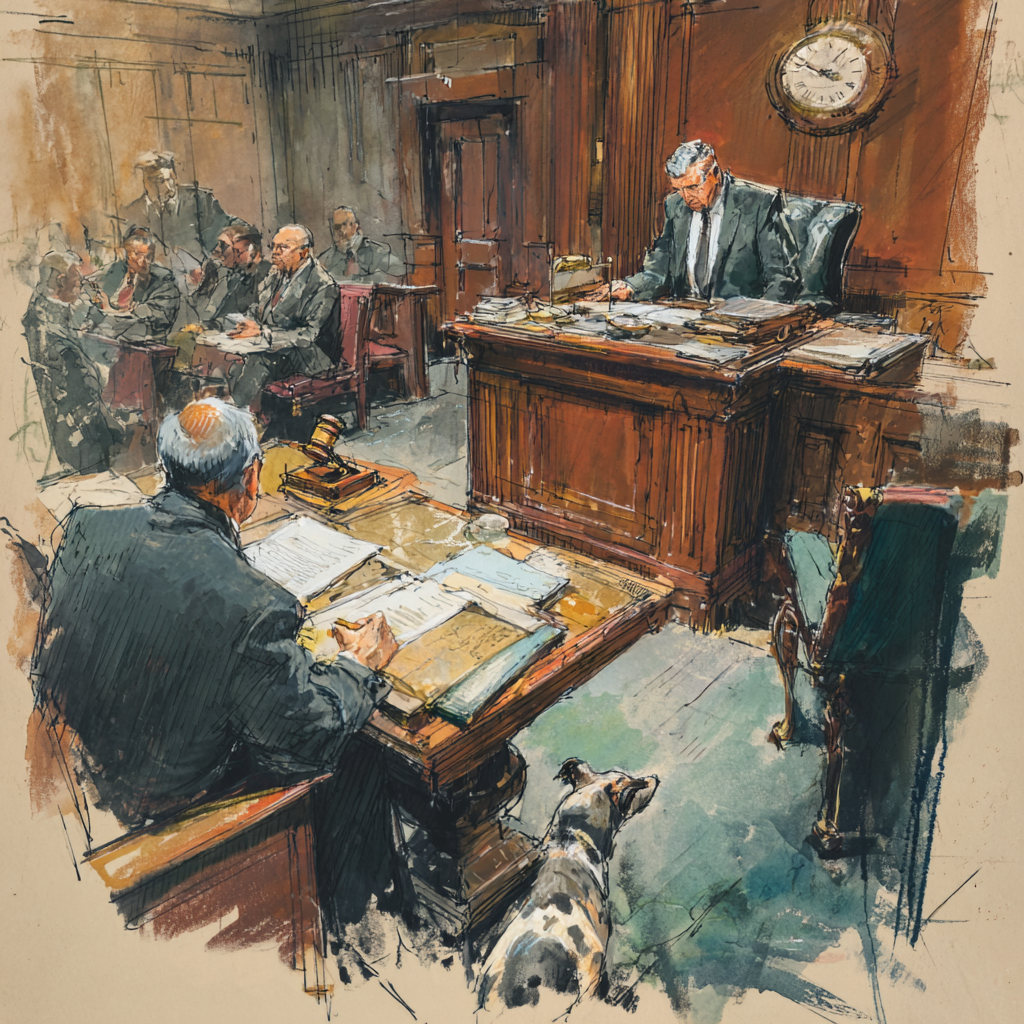Easy Care Acupuncture P.C. v Praetorian Ins. Co., 2015 NY Slip Op 51524(U)(App. Term 1st Dept. 2015)
“Contrary to plaintiff’s specific contention, defendant was entitled to request the IMEs prior to its receipt of plaintiff’s claim forms (see 11 NYCRR 65-1.1 [an insurer has a right to request IMEs “when, and as often as [it] may reasonably require”]; Steven Fogel Psychological, P.C. v Progressive Cas. Ins. Co., 35 AD3d 720, 721 [2006] [an insurer is entitled to request IMEs “before . . . or after the claim form is submitted” (emphasis supplied)]; see also Inwood Hill Med., P.C. v General Assur. Co., 10 Misc 3d 18, 19-20 [2005]).”
In American Transit v. Longevity, we learned for the first time that 65-3.5(d) plays into the calculus of whether an IME letter is timely relative to the claim. It would seem to me that scheduling IME’s prior to receipt of the claim forms would be the best way of complying with this regulation and avoiding a Longevity issue. This regulation and 65-1.1 come into disharmony when the IME is scheduled more than 30-days after receipt of the billing, The timing element of 3.5(d) takes second fiddle to the notion that “an insurer has a right to request IMEs “when, and as often as [it] may reasonably require”
So be it. Disharmony is what keeps the law fluid and most of us employed.









